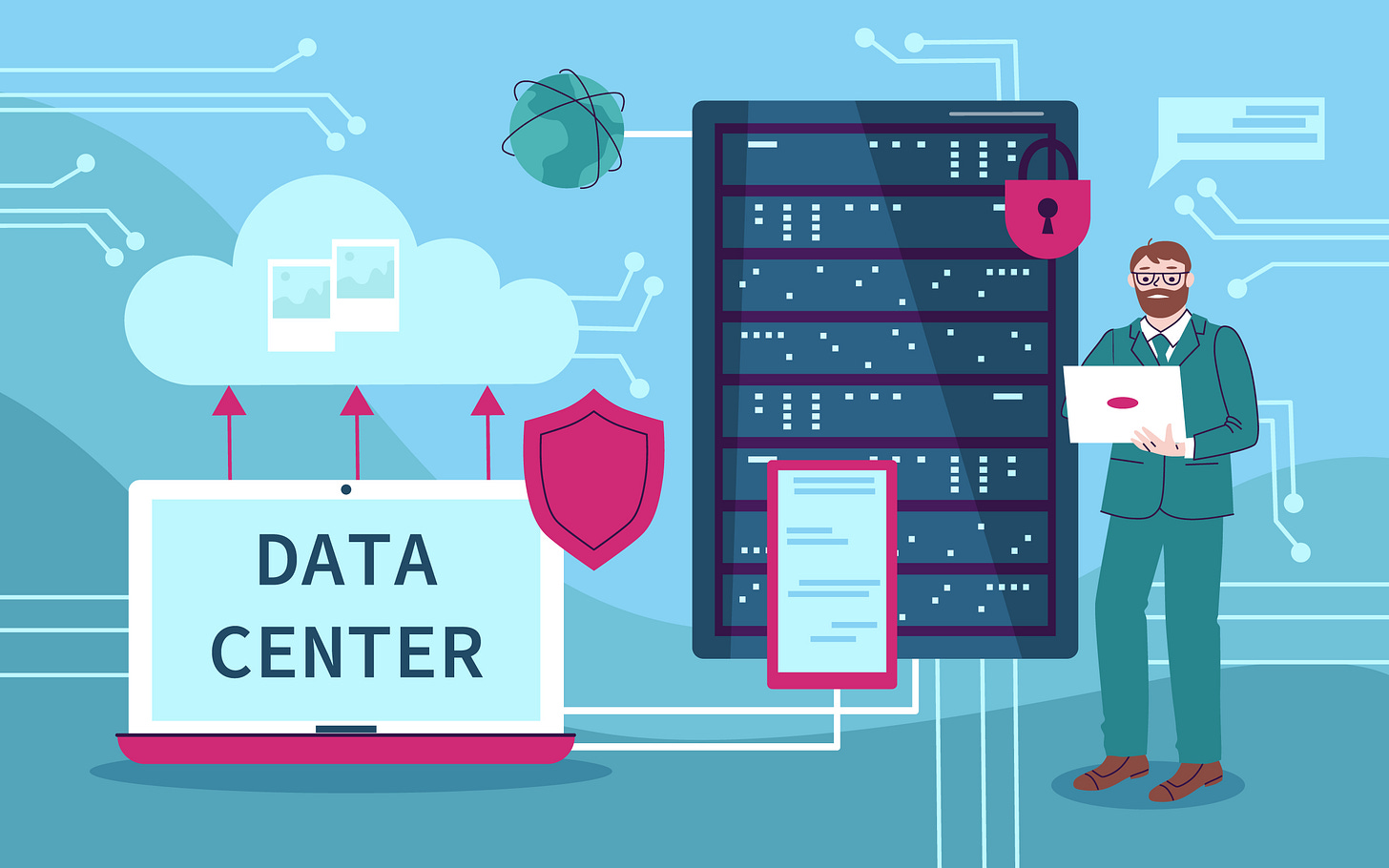From Data Warehouses to Data Lakes: The GCC Finance Guide to AI-Ready Architecture
Guest article by Asha P Pillai
How finance hubs can turn structured systems into intelligent ecosystems
The Modern Finance Stack
Walk into any mature GCC today and you’ll find the same digital anatomy:
● A global ERP backbone that records every transaction.
● Power BI dashboards that translate numbers into visuals.
● A growing collection of data pipelines and warehouses connecting it all.
● And yes, still some Excel workbooks, often the final mile where finance professionals add business judgment.
These systems aren’t competitors, they’re layers in a connected architecture. The challenge is not replacing one with another, but integrating them so data moves seamlessly from transaction to decision.
Why Integration Matters Now
With the push toward AI-enabled finance, integration is no longer optional. Around 70% of AI implementation effort lies in data preparation by connecting, cleaning, and structuring data from multiple systems so AI models can learn and act effectively.
For GCCs, which already manage cross-entity and multi-system data, this is both the biggest challenge and the biggest opportunity.
The Four Layers of the Finance AI Architecture
The modern GCC finance architecture can be understood as four layers, each critical to delivering analytics and AI that actually work.
1. Transaction Layer (Data Layer)
○ ERP, CRM, HRM, procurement, treasury, the systems where transactions occur.
○ Accuracy and tagging discipline here determine the quality of all downstream analytics.
○ GCCs play a pivotal role in ensuring consistent coding, narration, and posting rules.
2. Integration Layer (Data Layer)
○ The heart of GCC data engineering where ETL/ELT (Extract Transform Load) processes pull from multiple systems into a data warehouse or data lake.
○ Tools like Azure Data Factory, Snowflake, and Databricks harmonize financial, operational, and HR data.
○ This layer eliminates fragmentation: ERP data, Power BI extracts, and even Excel sheets can be mapped to a single schema.
3. Intelligence Layer
○ Where machine learning, predictive analytics, and natural language models operate.
○ Built using tools like Python, R, and Azure ML, this layer transforms data into forecasts, risk flags, or automated commentary.
○ Finance examples: predicting DSO, generating narrative variance reports, or identifying anomalies in expense trends.
4. Consumption Layer
○ The “last mile” where business users experience AI.
○ Power BI dashboards, Copilot prompts, email alerts, or conversational bots that surface insights directly within workflows.
○ In this layer, the value of data architecture becomes visible where finance insights are no longer static reports but real-time, interactive guidance.
The GCC Advantage
● Process Discipline: Years of standardization have already created data consistency most enterprises struggle to achieve.
● Scale: GCCs manage large datasets across markets perfect for AI training.
● Centralized Talent: Finance professionals who understand both process and data can bridge IT and analytics teams.
But the advantage is only realized when data from ERP, Power BI, and Excel are connected, not siloed.
From Structured Data to Smart Decisions
The journey isn’t about abandoning Excel; it’s about contextualizing it.
● ERP systems record truth.
● Data lakes create flexibility.
● Power BI visualizes patterns.
● AI models predict and explain.
● Excel remains the layer where human judgment refines and challenges what AI suggests.
Together, they form the foundation of an intelligent finance ecosystem.
The Hidden Friction in Finance Data
AI models can’t reason with what they can’t read and much of finance data, while structured, is incompletely structured. Some of the most common blockers include:
● Missing fields: Cost center or region fields left blank during uploads.
● Null values: Transactions with incomplete attributes that break joins when data is merged across systems.
● Inconsistent coding: “Marketing_India” in one dataset, “Mktg IND” in another — both describing the same spend.
● Duplicate records: Journal entries that appear twice due to delayed posting corrections.
● Outdated hierarchies: Cost center or GL structures that don’t reflect new business lines.
● Manual overrides: Excel-based reclassifications that never make it back into the ERP.
These errors may look small, but they cascade upward. In a four-layer architecture, noise at the bottom means confusion at the top.
Data Cleansing as a Continuous Finance Process
The goal isn’t one-time cleanup; it’s data hygiene embedded in daily finance operations.
● Validate inputs at source rather than fixing them downstream.
● Run automated null-value scans weekly.
● Maintain a clear master data catalog that defines each field and owner.
● Encourage every finance analyst to log anomalies instead of working around them in Excel.
Clean data equals finance’s credibility.
Final Thought
As GCCs move deeper into AI adoption, data architecture and data cleanliness will decide which hubs scale faster.
Because even in an AI-powered world, one truth remains constant:
“Garbage in, garbage out.”
And in finance, where every decimal drives a decision, that’s a lesson worth re-learning.


